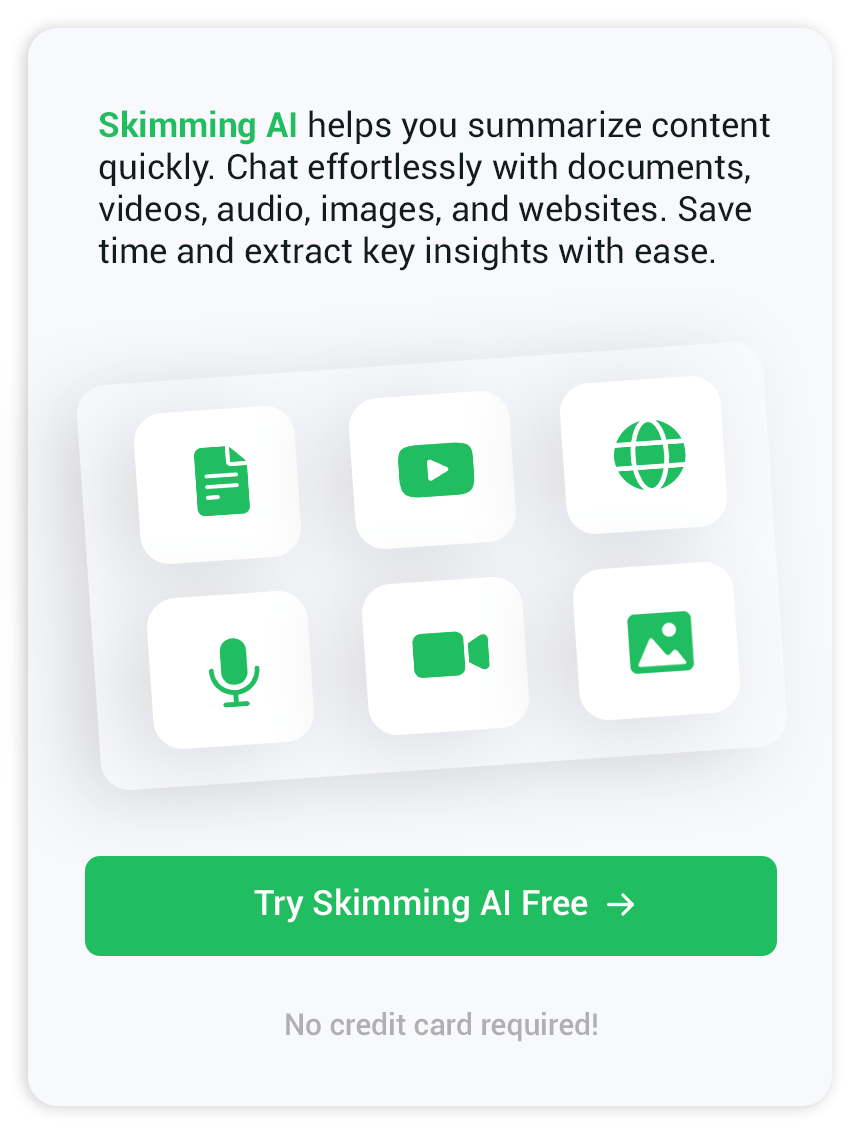Video Text Transcription: Turn Clips into Searchable Content Fast
Video text transcription converts spoken words in a clip into plain text, making marketing, education, and entertainment content easier to index, search, and share. Restream. Once a transcript exists, audiences can skim ideas, enjoy accurate subtitles, and quote passages without replaying the footage. Even a short interview gains new life when every sentence becomes findable on the page.
Why Turning Video into Text Matters
Video rules social feeds, yet most viewers scroll with the sound muted. By publishing a transcript following to your player, you let everyone read along at any volume setting. The text fuels accessibility for Deaf and hard-of-hearing users, meets many governmental compliance guidelines, and sidesteps background-noise distractions. HappyScribe. Search engines can also crawl the extra copy, boosting discoverability for niche phrases buried deep in your dialogue.
Marketing teams gain fresh material for newsletters or blog posts by repurposing quotes, and researchers jump straight to vital timestamps instead of scrubbing through reels. In short, transcription multiplies a single asset into many touchpoints across the web.
How AI Video Transcription Works
Modern AI transcription engines convert audio waves into characters in three stages:
- Audio ingestion records each waveform, whether you upload an MP4, MOV, or WebM file to Riverside.
- Speech recognition maps phonemes to probable words using large language models trained on millions of hours of dialogue.
- Post-processing corrects spellings, filters filler sounds, and aligns timestamps to each sentence, sometimes detecting speaker changes for clearer attribution. Evernote.
Because everything runs in the cloud, you avoid long render times on your laptop. Some providers finish a one-hour lecture in about five minutes, then send you an editable text panel inside the browser.
Key Factors When Picking an AI Transcription Tool
Accuracy Rate
Look for services that claim at least 95 percent accuracy on clear audio. Riverside reports 99 percent under ideal conditions, which cuts down manual proofreading later.
Language Support
Global teams appreciate platforms translating over thirty languages; Vizard and HappyScribe handle that range without extra installs.
Speaker Labels
If multiple voices overlap, automatic speaker detection tags each line so you know who said what. This feature speeds up editing panel discussions.
Pricing and File Limits
Free tiers generally cap uploads at one hour or 100 MB; enterprise plans remove ceiling restrictions and add collaboration folders, EvernoteHappyScribe.
Workflow Integration
Check whether the tool exports SRT, VTT, or DOCX files and whether you can push captions directly to YouTube or a CMS. Seamless hand-offs prevent format juggling.
Step-by-Step Guide to Video Text Transcription
- Upload your clip to a chosen service’s dashboard.
- Wait for the engine to finish processing; progress bars usually indicate real-time status.
- Review the draft in the built-in editor, correcting names, acronyms, or industry jargon.
- Insert paragraph breaks, speaker names, or timestamps as needed.
- Export the polished text or subtitle file, then embed it beside your video or send it to your caption distributor, Restream.
Standout Tools for Rapid Video Text Transcription
ToolDistinct Strength
Restream Quick browser upload and instant subtitle generator for social simulcasts Restream
Riverside Studio-grade accuracy, plus “Speaker Detective” for automatic labeling Riverside
Vizard adds multilingual caption translation with a single click Vizard
HappyScribe Collaborative workspaces for teams editing transcripts together HappyScribe
Skimming AI Summarizes lengthy YouTube talks into concise notes alongside full text, saving hours of manual review
Each service follows the same upload-edit-export pattern, yet niche touches—such as multilingual captioning or meeting-oriented summaries—set them apart. Try two or three on a short clip to see which interface feels most natural.
Tips to Polish Your Transcript
- Normalize Names and Brands: Ensure product titles and surnames match official spellings.
- Remove Filler Words: Unless you are creating an exact legal record, deleting “um” and “uh” improves readability.
- Insert Timestamps Wisely: Place markers at every thought shift rather than every sentence to avoid clutter.
- Double-Check Technical Terms: AI occasionally mishears niche vocabulary; keep a glossary on hand.
- Proof One More Time: A fresh set of eyes or a quick read-through catches lingering typos before publication.
Emerging Trends to Watch
Voice engines continue evolving toward context-aware understanding. Upcoming releases promise real-time caption streams during live broadcasts, on-device privacy modes for sensitive interviews, and multimodal models that link spoken content to on-screen visuals automatically. Expect broader dialect coverage and stronger accent handling, giving indie creators and multinational firms equal footing when turning footage into searchable prose, TechRadar.


